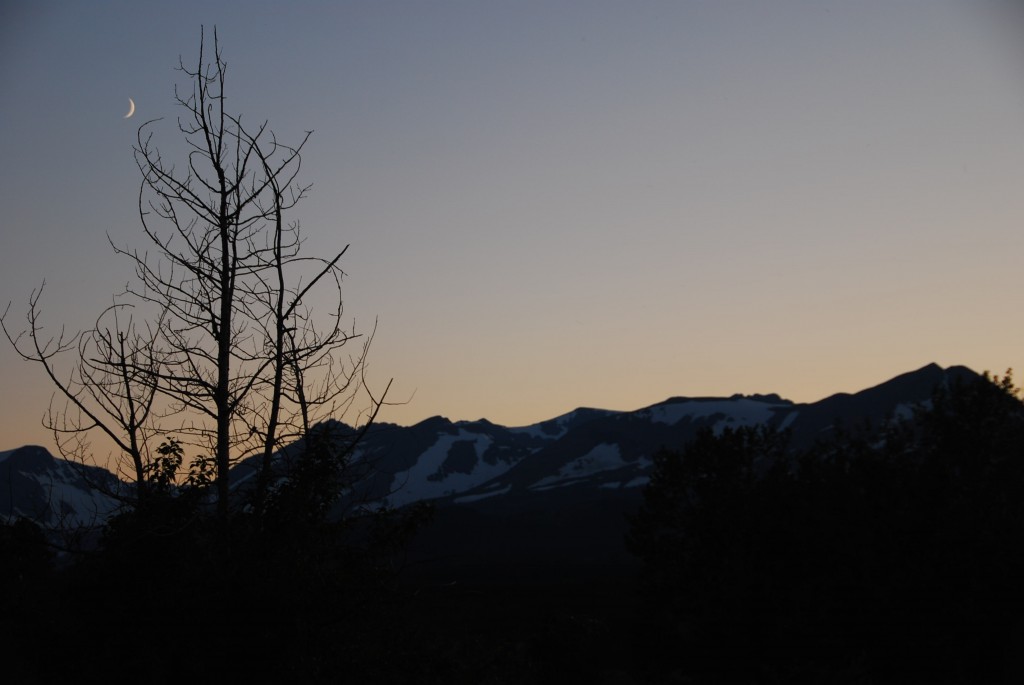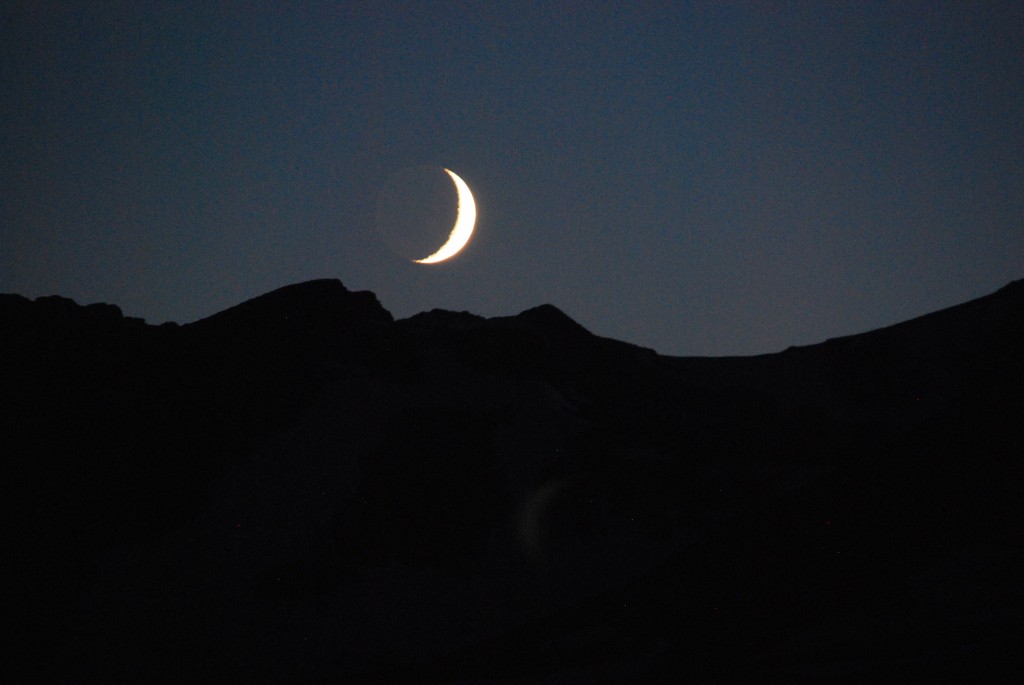Debunking Super Moon Photography
June 25, 2013 Leave a Comment
You’ve probably seen some stunning photography of the so-called “Super Moon” over the past few days. The Moon has a slightly elliptical orbit, and on June 23, the Moon was just about as close to Earth as it ever gets. As it happens, June 23 was also the date of a full Moon, the time in its roughly 28-day cycle when its entire disc is illuminated.
All told, the Moon appears about 14 percent larger in diameter and 30 percent brighter at this closest pass (or perigee, 222,000 miles away) than it does at its farthest (or apogee, 252,000 miles away). Yet some of the images shared since the weekend give the impression that the Moon is descending upon us in a catastrophic plunge.
Are those tiny people on that hill in the lower right? My goodness, they are! That Moon is gihugeous!
Well, no, it’s not. That photo was taken with a 500mm telephoto lens, making everything in it appear much larger. Those people look tiny, sure, but they’d look even tinier if the photo were zoomed out to a more natural field of view. Imagine you spotted a person just down the block from where you were standing, and picture how big the Moon would look in relation to them. Now picture a person a mile away and how that person looks compared to the Moon. When the mile-away person is enlarged four times, he or she is still a mere speck. The smallish Moon, however, becomes quite large.
To illustrate, here are a couple photos I took of the Moon when it was not full, in July of 2011. I don’t show you these photos because they’re particularly good. (They’re not. Especially the second. Hoo boy, that one’s pretty terrible, in fact.) They do, however, show how magnification works.
The first shot was taken with my lens at 75mm*; the second, at 375mm* – considerably “zoomed in.” In the 52 minutes between shots, the sky grew darker and the Moon moved diagonally toward the horizon.
As you can see, both the mountains and the Moon look considerably larger in the second shot. That’s the whole point of using a zoom lens – bringing far away objects apparently closer. But everything is magnified the same amount. If we were to actually walk toward those mountains, they’d appear to get bigger as we approached, but the Moon would stay pretty much the same apparent size.
If you don’t believe me, listen to Neil de Grasse Tyson or Phil Plait, professional astronomers both. They know their stuff.
There’s nothing “fake” about most Super Moon photographs (though there are certainly plenty of celestial pictures that have been heavily manipulated). It’s just important to realize that the effect of a telephoto lens is much, much greater than the slightly smaller distance between our two spheres.
*These figures are the “35mm equivalent” focal lengths of my lens, which is the standard by which most cameras are measured. My Nikon D60 camera, like many on the market, uses a different sensor size, so the actual focal lengths were 50mm and 250mm, respectively.







